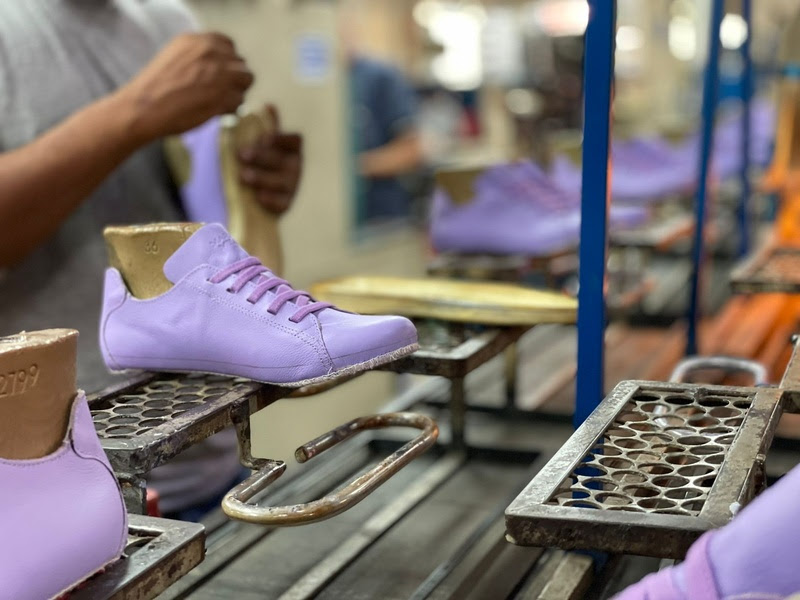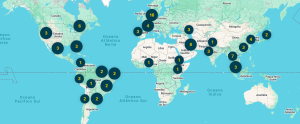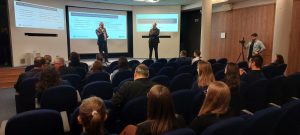Domestic slowdown impacts footwear production
The slowdown in Brazil’s economic growth during the second half of the year is expected to impact footwear production. This forecast was made during an online meeting of the Market Intelligence Group of the Brazilian Association of Companies of Components for Leather, Footwear and Artifacts (Assintecal) held on June 26.

The slowdown in Brazil’s economic growth during the second half of the year is expected to impact footwear production. This forecast was made during an online meeting of the Market Intelligence Group of the Brazilian Association of Companies of Components for Leather, Footwear and Artifacts (Assintecal) held on June 26.
Led by Dr. Marcos Lélis, an economist and industry consultant, the meeting aimed to outline a scenario and short- and medium-term projections for companies supplying materials for leather and footwear. According to Lélis, international uncertainties, especially in the United States, have prevented a decrease in Brazil’s interest rates, which directly impacts household consumption. “Today, 28% of household income is tied up in debt. Of that debt, 35% is interest,” the economist explained, noting that current long-term interest rates in Brazil are around 14%, well above pre-pandemic levels (9%).
Lélis highlighted that the situation points to a deceleration in the Brazilian economy, which was heavily boosted in the first half of the year by agribusiness (a record harvest) and household consumption. Even with this outlook, the IMF’s forecast still indicates a 2.2% growth in Brazil’s GDP, close to the average of the last 20 years. “Starting in May, we should see a slower pace of growth, which is only expected to regain strength in the last quarter of 2025, largely due to a weak base from last year,” he projected.
Footwear
With a more favorable international scenario and cooling domestic consumption, Lélis noted that Abicalçados (the Brazilian Footwear Industries Association) forecasts footwear production to grow between 1.4% and 2.2% in 2025, a number well below the 4.3% increase recorded in 2024. This growth is expected to be driven by exports, which Abicalçados predicts will increase by 1.2% to 4.1%. “Since the domestic market absorbs only between 10% and 12% of production, the impact of the drop in domestic consumption should be a decisive factor for the lower production growth compared to 2024,” he concluded.
The Group
Coordinated by Lélis, Assintecal’s sector-specific Market Intelligence Group meets every two months to provide updated figures and projections based on national and international market trends. The meeting is open to Assintecal members. For more information, please email relacionamento@assintecal.org.br.
Read also









